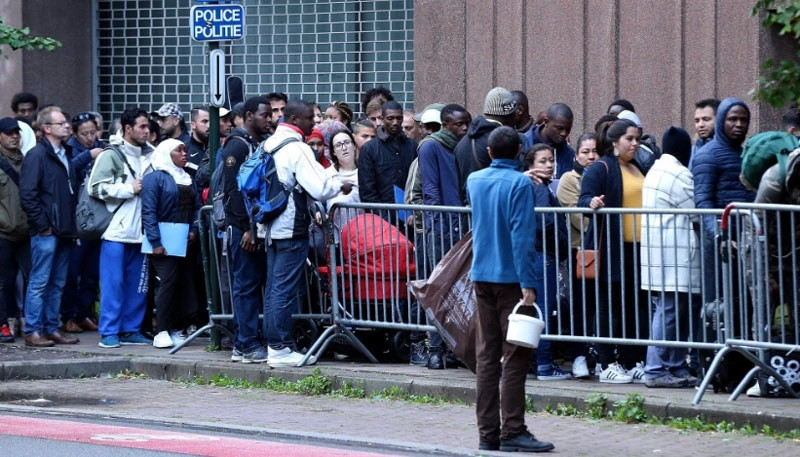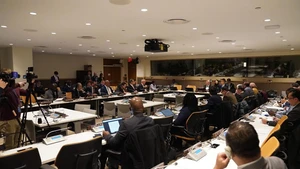Despite opposition from Hungary and Poland, the EU's new Pact on Migration and Asylum has passed the final “barrier”, with approval by the governments of member countries.
Emphasising the criteria of solidarity and responsibility, the new Pact is a set of 10 tools, designed to achieve a balance between controlling borders and increasing solidarity in receiving migrants in Europe.
According to this pact, to support EU countries experiencing migration pressure, other EU member states will have to participate in resettling asylum seekers, choose another form of financial contribution or provide technical support.
The law also includes provisions to address crisis and force majeure situations, establishing a mechanism to respond to sudden increases in migrants; at the same time, there are clear regulations on pre-entry screening processes, such as identification, biometric data collection, etc.
Deportations of inadmissible asylum seekers will also be accelerated. The new regulations are expected to apply in 2026.
For the longest time, promoting new policies related to migrants and refugees has never been an easy task for the EU, due to major differences in the views and interests of member countries.
Deportations of inadmissible asylum seekers will also be accelerated. The new regulations are expected to apply in 2026.
Therefore, the EU’s final adoption of the New Pact on Migration and Asylum is considered a historic step forward for the bloc to respond to the migration challenge, one of the biggest challenges the EU has faced in the last decade. European officials have given many positive comments to the important step mentioned above.
Ms. Nicole de Moor, Minister of Asylum and Migration of Belgium, the country holding the rotating Presidency of the EU Council, affirmed these new regulations will increase the effectiveness of the European asylum system and strengthen solidarity between EU member states.
Meanwhile, European Commission President Ursula von der Leyen, German Prime Minister Olaf Scholz and Greek Minister of Migration and Refugees Dimitris Kairidis, all called this a historic event.
Efforts to amend EU asylum regulations have lasted nearly a decade, stemming from a massive wave of illegal migration in 2015, seriously affecting the lives of people in EU countries. The issue of migrants was once overshadowed on the bloc's agenda after the COVID-19 epidemic broke out, forcing countries to close their borders.
However, as the COVID-19 epidemic gradually cooled down and the border reopening policy was implemented, the flow of illegal migrants into the EU increased sharply. A report by the European Union Asylum Agency (EUAA) said that in 2023, the number of asylum applications in the EU along with Norway and Switzerland increased to 1.14 million, the highest level since the migrant crisis in the 2015-2016 period.
According to the EUAA, Syrian and Afghan nationals remain the largest group of asylum seekers. The skyrocketing number of asylum applications has put great pressure on European countries. The issue of migration also returned to the list of priorities on the EU agenda.
Adopting the new Pact on Migration and Asylum is considered a major political success for the EU ahead of the European Parliament (EP) elections.
In theory, according to the pact, the EU will distribute immigrants to the 27 member states, forcing countries to have an obligation to help those most affected by the migration wave.
However, experts said that implementation will be very complicated because not all member states are inclined to make enforcement efforts. In addition, some far-right parties in other countries have also criticised the pact for not being tough enough on the migration wave.
















